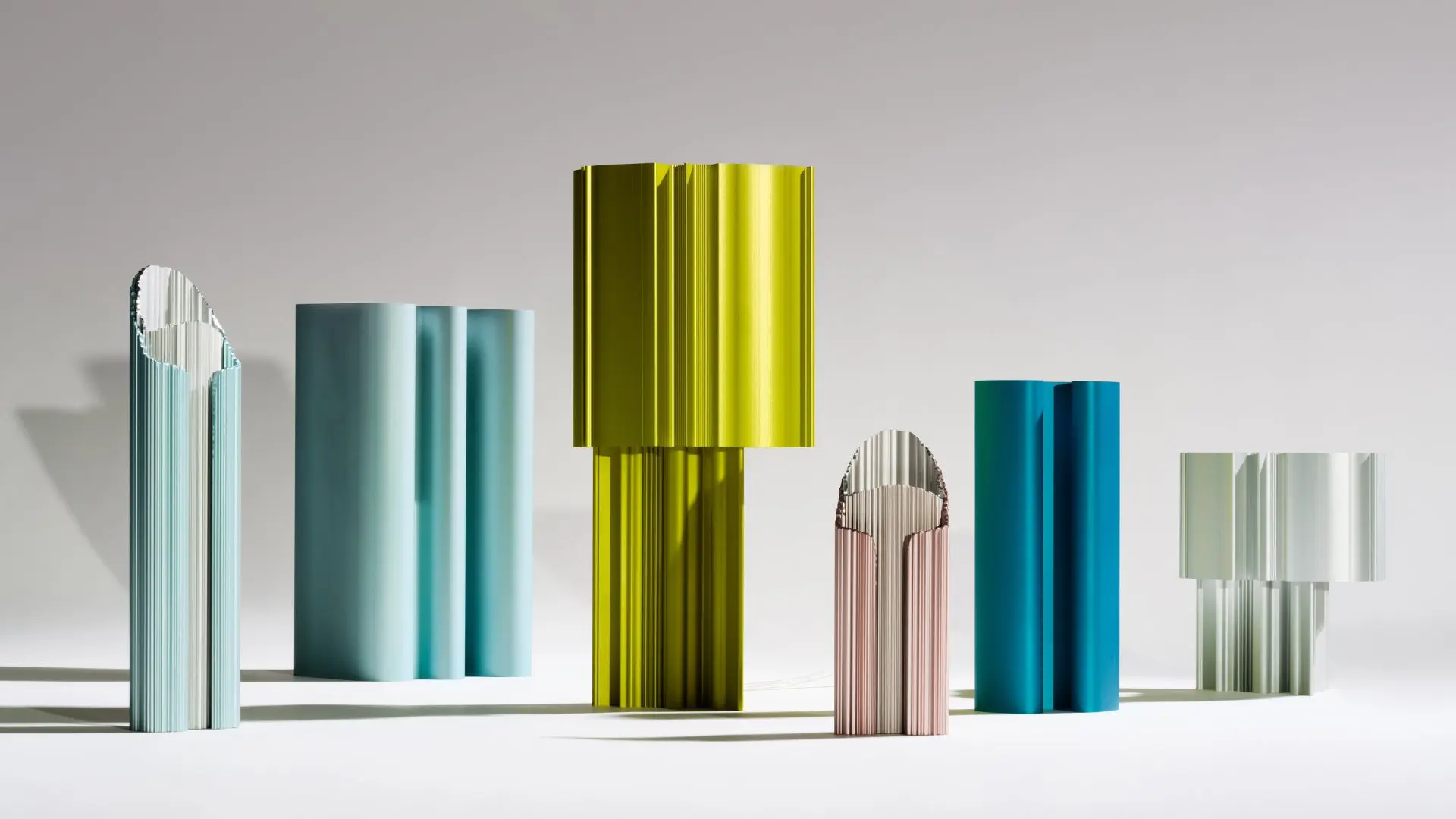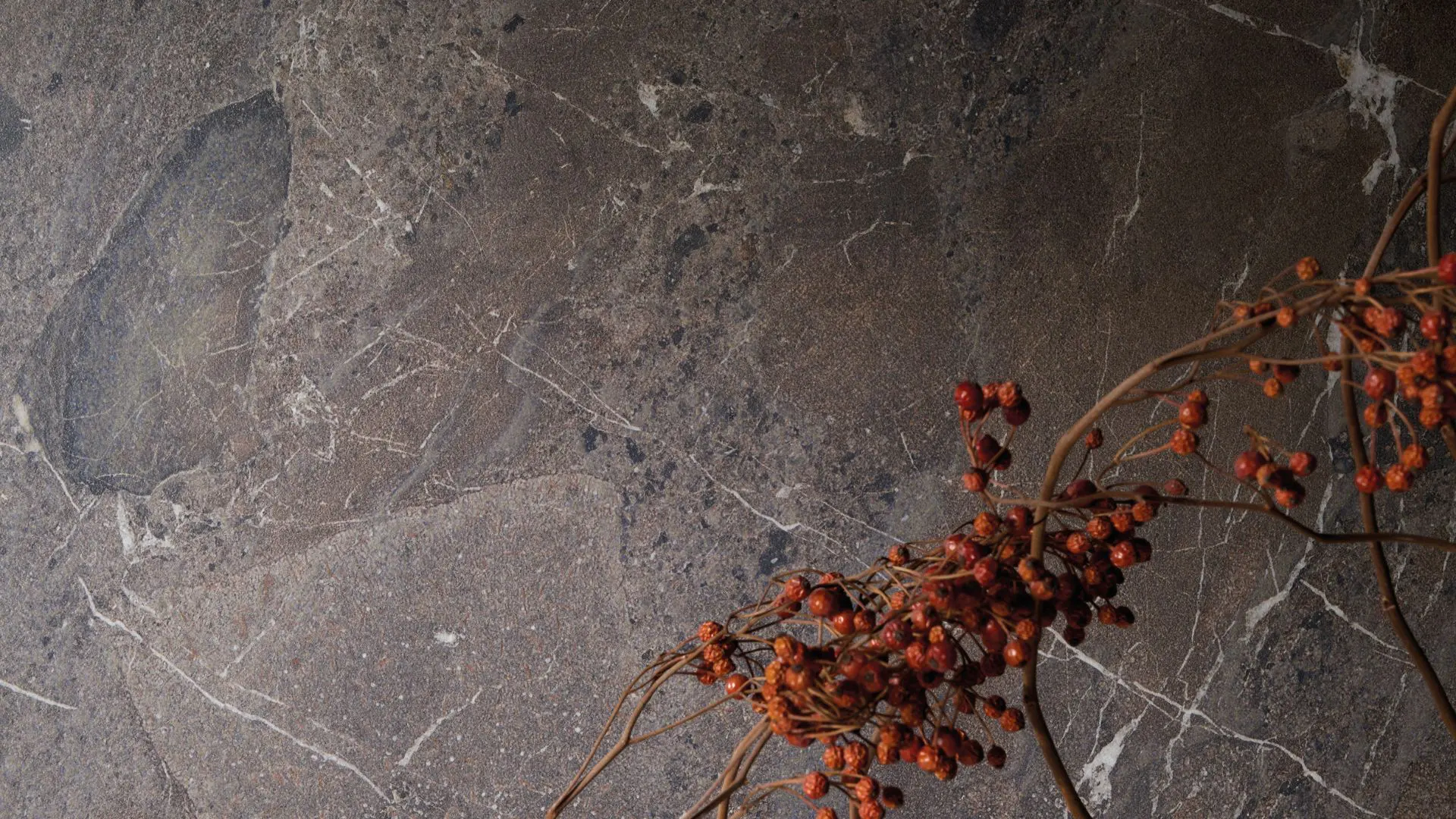R100, a low-emission design collection created within a 100km radius
Showcased at Capsule Plaza for MDW25, Hydro’s R100 challenges production norms by cutting transport emissions by 90% with a mono-material collection of small furnishings and accessories by five leading designers.

With its new “R100” project, Hydro returns to Capsule Plaza, the hybrid event between a fair and a collective exhibition, at its third edition at the Milan Design Week in the Porta Venezia district. After the 2024 exhibition—dedicated to the launch of Hydro CIRCAL 100R, the world’s first 100% post-consumer aluminium—this year, the Norwegian company reaffirms its commitment to achieving net-zero emissions by 2050 by focusing on transportation. With “R100”, Hydro turns its attention to the impact that transport has on total carbon emissions in the transformation process of Hydro CIRCAL 100R aluminum, from raw material to finished product.

“The idea of containing the entire project within a 100 km radius came to me just days after opening the 100R exhibition.” stated R100 Artistic Director Lars Beller Fjetland, who, after the 2024 show opened, wondered whether it would be possible to carry out all operations within such a limited radius to reduce transportation-related carbon emissions during production. The hypothesis held true: this year “R100” cut emissions from transport by 90% compared to the 2024 project.

The exhibition showcased the work of five designers—Daniel Rybakken, Cecilie Manz, Stefan Diez, Keiji Takeuchi and Sabine Marcelis. They were offered complete freedom by Hydro, and they were all unaware of the 100 km radius imposed by the company, from sourcing the raw material to fabricating the finished design objects. The result of this collaboration is a very varied mono-material collection: it includes small furnishings, accessories and even a more decorative piece, all focused on the processing of the material.

On display is Orbit Light by Dutch artist and designer Sabine Marcelis. This collection encapsulates the full expressive power of the extrusion technique: the designer plays with the structure, transforming it into a vessel for the light source. Like a celestial body in motion, Orbit Light is inspired by the movement of light across a curved surface, turning a simple shape into a product with a strong, sculptural presence.
Displayed in three models with varying heights, the product is scalable in length to fit different spaces and uses, such as full-height installations or clusters of different sizes. The taller the piece, the more noticeable the minimal post-production intervention, which preserves its form and creates atmosphere in the space: a simple curvature that captures the light and reveals it in a way that feels both natural and unexpected. Activated by the dimmer, light appears to escape and orbit the form, creating depth and fluidity.

The exhibition also featured: Fields by Norwegian designer Daniel Rybakken, a sculpture that plays on contrast. Metal becomes a medium for storytelling, a small modular architecture that evokes the countryside and nature, bringing poetic warmth to the material. This theme of contrast also appears in Rør (which means “pipe” in Norwegian and Danish) by Cecilie Manz: two containers, seemingly simple extruded cylinders which, upon a closer inspection, reveal hand-drawn imperfections.
Boss by Stefan Diez is a waste bin available in two versions—with a circular or square body—designed to be seen rather than hidden and mindful of environmental impact: the square model is crafted from a single aluminum profile, which also serves as the lid for the smaller, round bins. Moving on to larger pieces, we find Profil—a Norwegian word meaning “profile”—an outdoor seating collection by Japanese designer Keiji Takeuchi, which pays tribute to the aluminum frame of the series. A functional product that also has a refined, familiar form.

The five R100 designers were selected for their distinct design expressions and complementary methodologies, resulting in a unique mono-material collection varying from home decor objects to chairs and furniture components. With R100, Hydro embraces a design that focuses on the entire production process, without compromising on sustainability and without neglecting the beauty of design.










